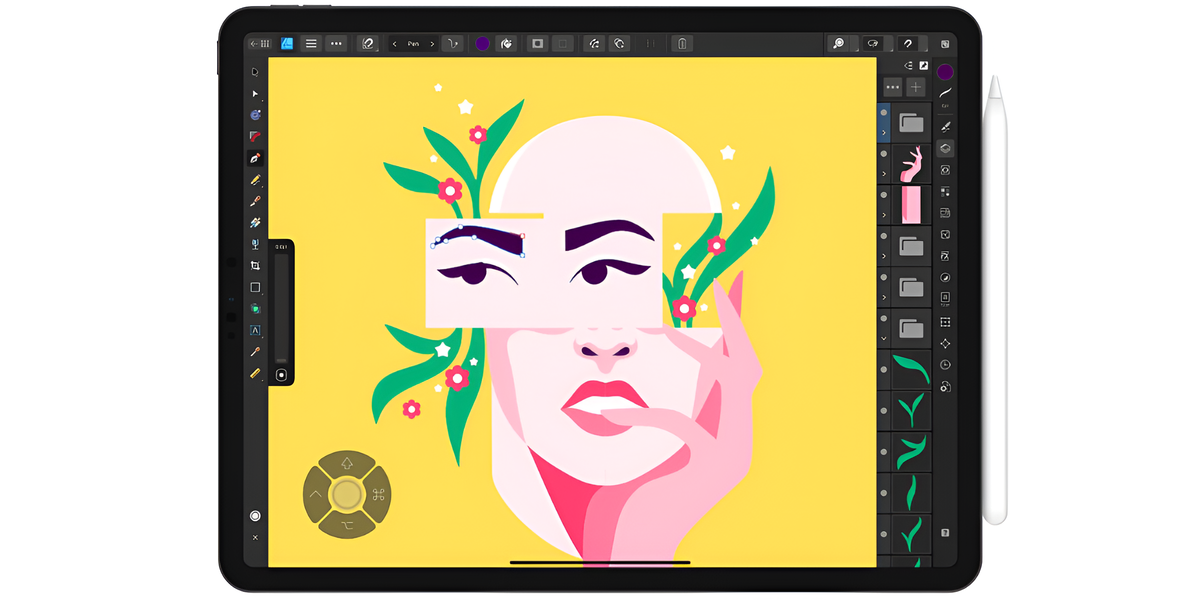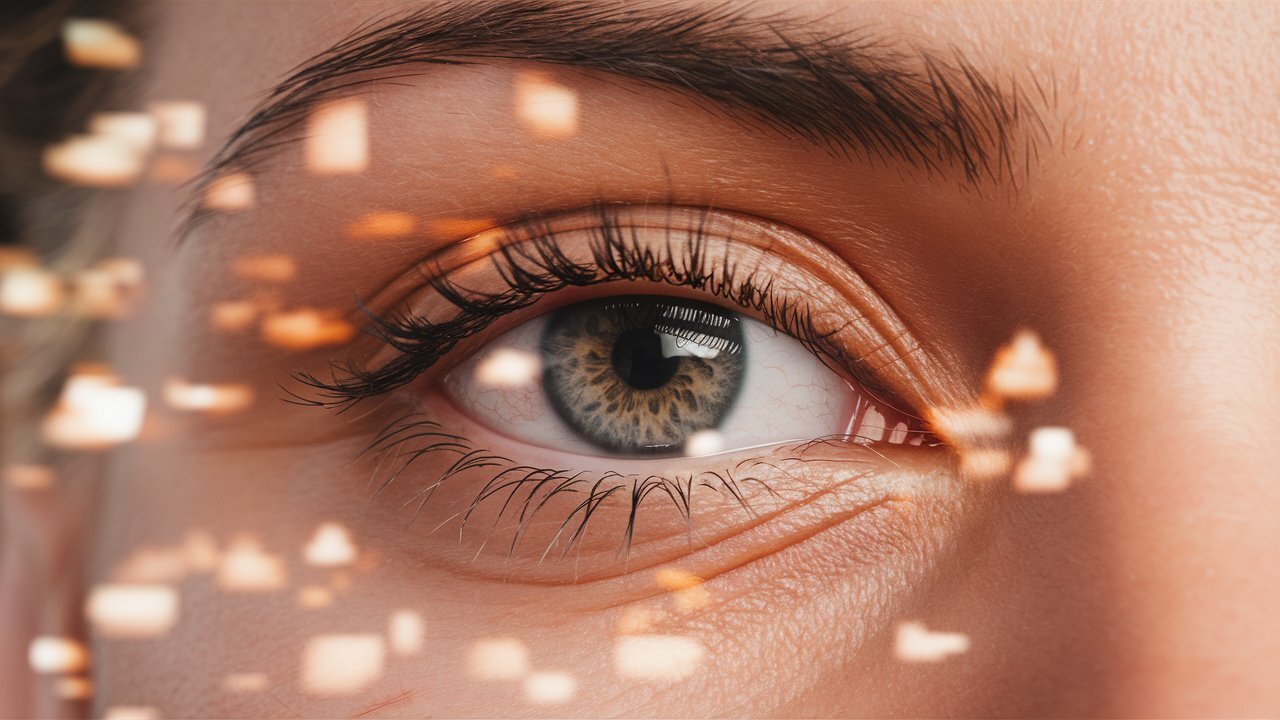The central region of the retina, known as the fovea, is responsible for clear vision due to its high-density pack of photoreceptors. However, the density of these cells varies from person to person, and this feature affects our perception of detail. Researchers used a unique optical tool to accurately study the relationship between the density of cones and our ability to distinguish fine details.
The study found that eye movements called drifting actually improved vision clarity. These small movements are adjusted to coincide with the areas of the retina where the concentration of cones is highest. So when we look at something, our eyes automatically move to receive clearer visual cues.
Scientists say understanding these processes could help diagnose eye and neuropsychological diseases, as well as develop technologies such as retinal implants that could restore human vision.
Source: Ferra
I am a professional journalist and content creator with extensive experience writing for news websites. I currently work as an author at Gadget Onus, where I specialize in covering hot news topics. My written pieces have been published on some of the biggest media outlets around the world, including The Guardian and BBC News.










